Countries that don’t or barely have elections
Politics is a fascinating world, full of intrigue and varying systems that govern nations. While many countries pride themselves on democratic elections, some operate under different rules.
Understanding these unconventional landscapes provides insight into the complexities of governance. From kingdoms to socialist republics, each has its unique way of selecting leaders. This journey through non-traditional political systems reveals the diverse approaches to leadership worldwide.
Saudi Arabia: A Kingdom Without Public Elections
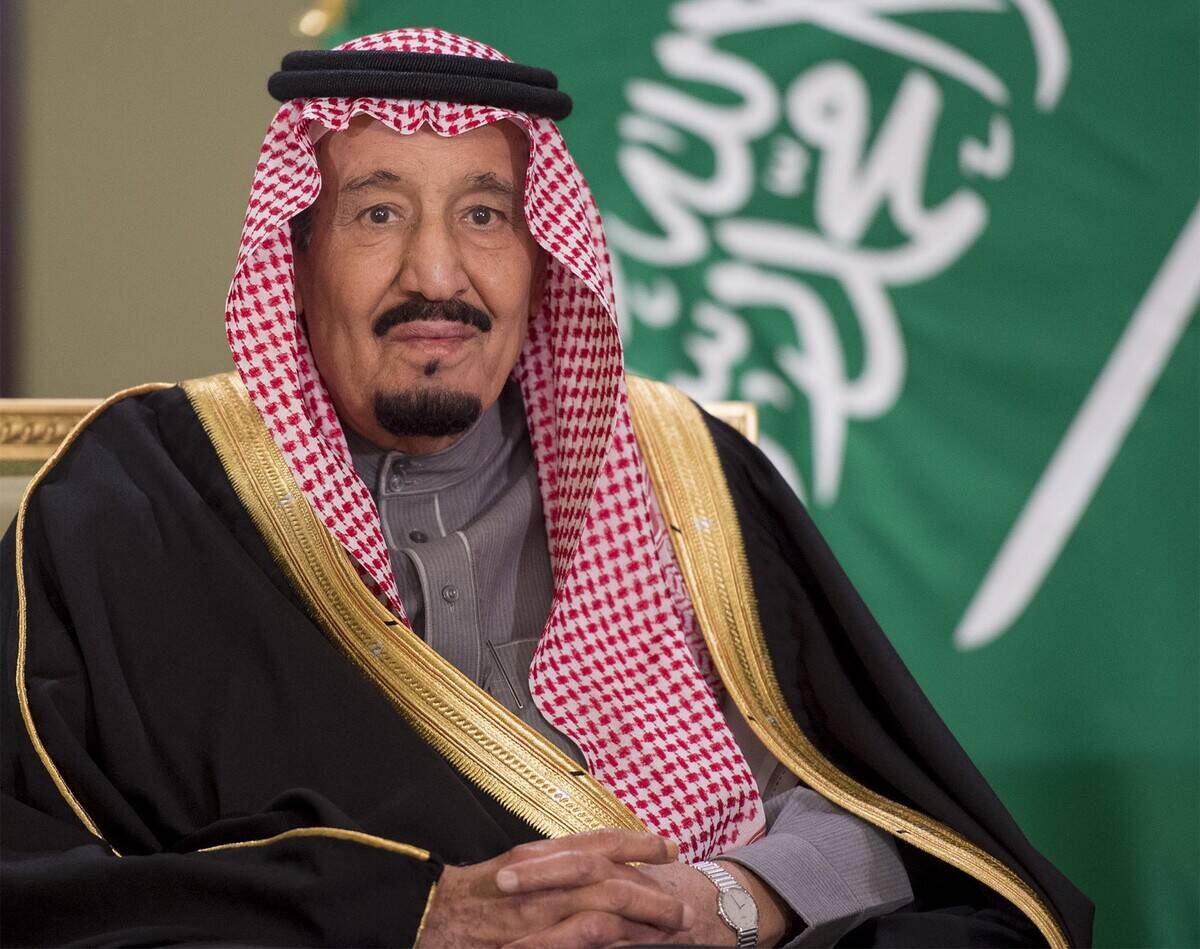
Saudi Arabia operates as an absolute monarchy, where the king holds significant power. There are no national elections; instead, the king appoints members of the government.
The royal family plays a crucial role in political decisions, and leadership is passed down through hereditary succession. This system emphasizes tradition and stability over democratic participation, reflecting the kingdom’s cultural and historical roots.
Vatican City: Where Popes Are Chosen, Not Elected
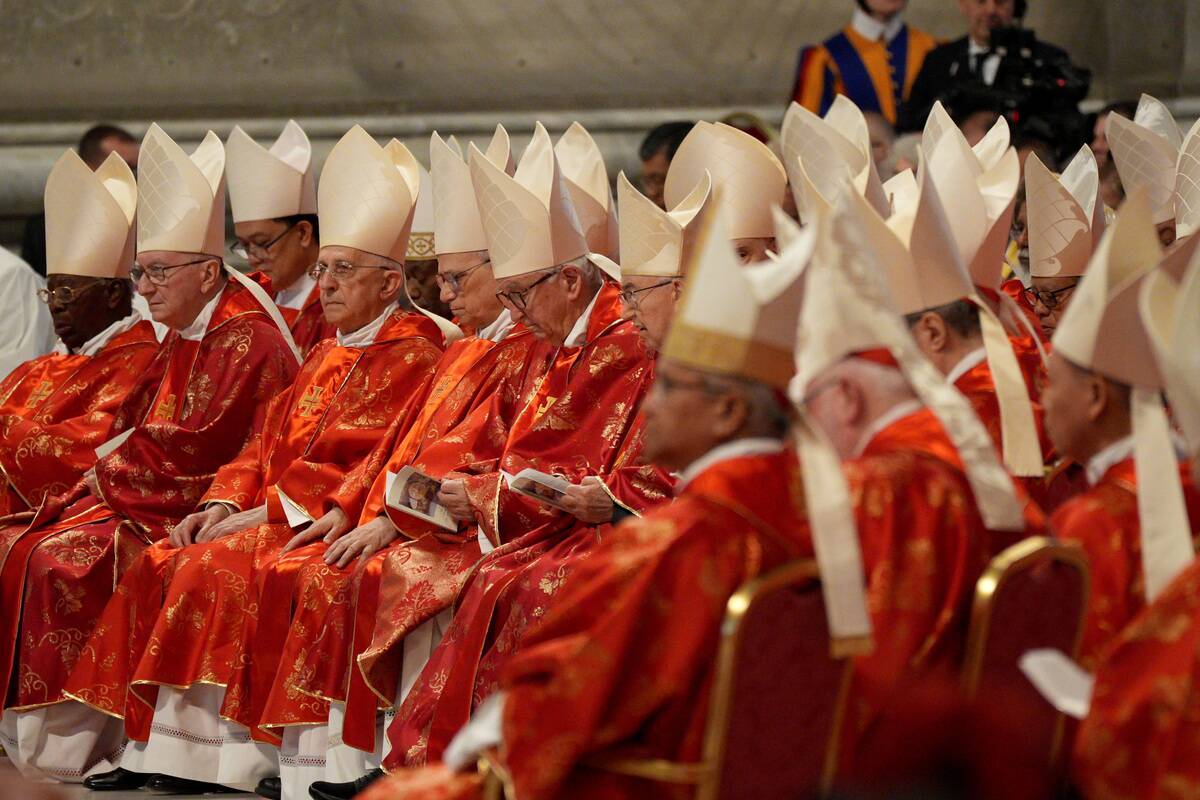
Vatican City, the spiritual heart of the Catholic Church, follows a unique system for selecting its leader. The Pope is chosen by the College of Cardinals in a conclave, a process steeped in centuries-old tradition.
This non-electoral method reflects the religious nature of the Vatican’s governance, where spiritual guidance takes precedence over political considerations. The result is a leader who embodies the church’s values and mission.
Brunei: A Sultanate with Minimal Electoral Activity
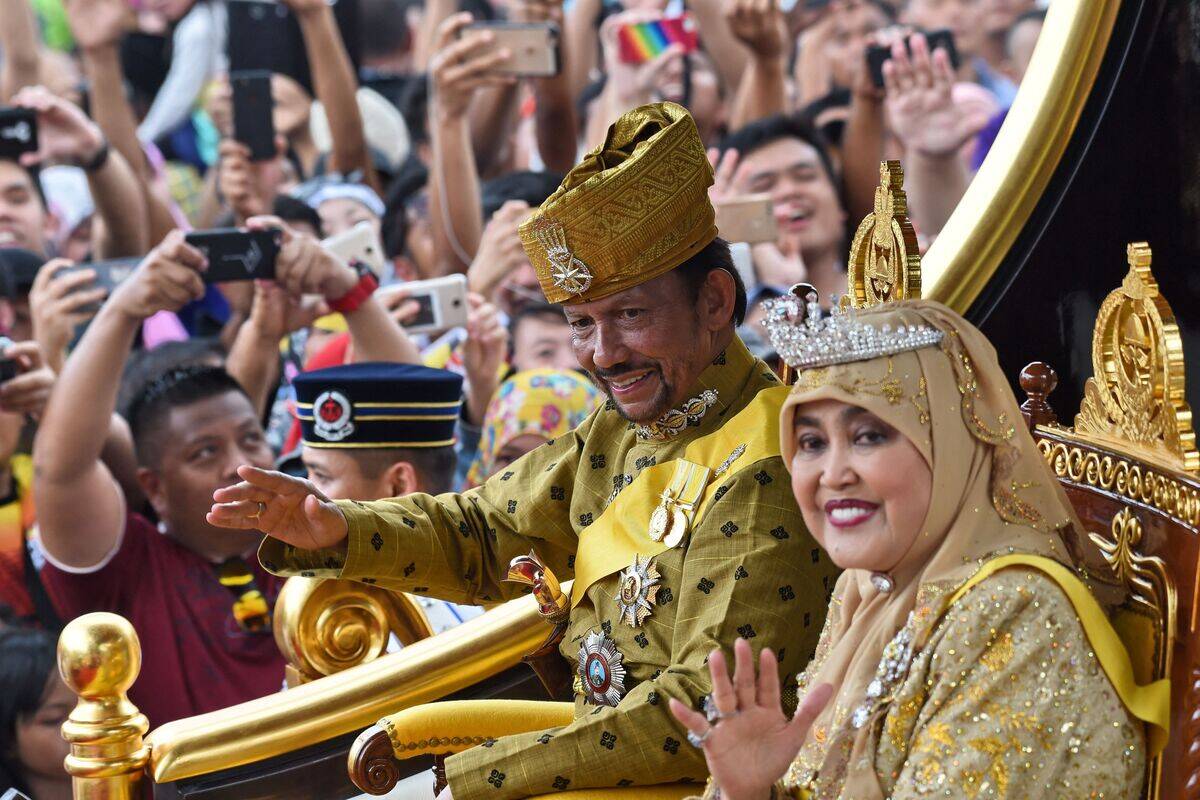
In Brunei, the Sultan holds absolute authority, making the need for elections almost nonexistent. The Legislative Council, although present, has limited power and is largely appointed by the Sultan.
This framework ensures a centralized form of governance, where the Sultan’s decisions are paramount. The emphasis on tradition and continuity reflects Brunei’s cultural heritage and the Sultan’s pivotal role in national affairs.
China: The One-Party System
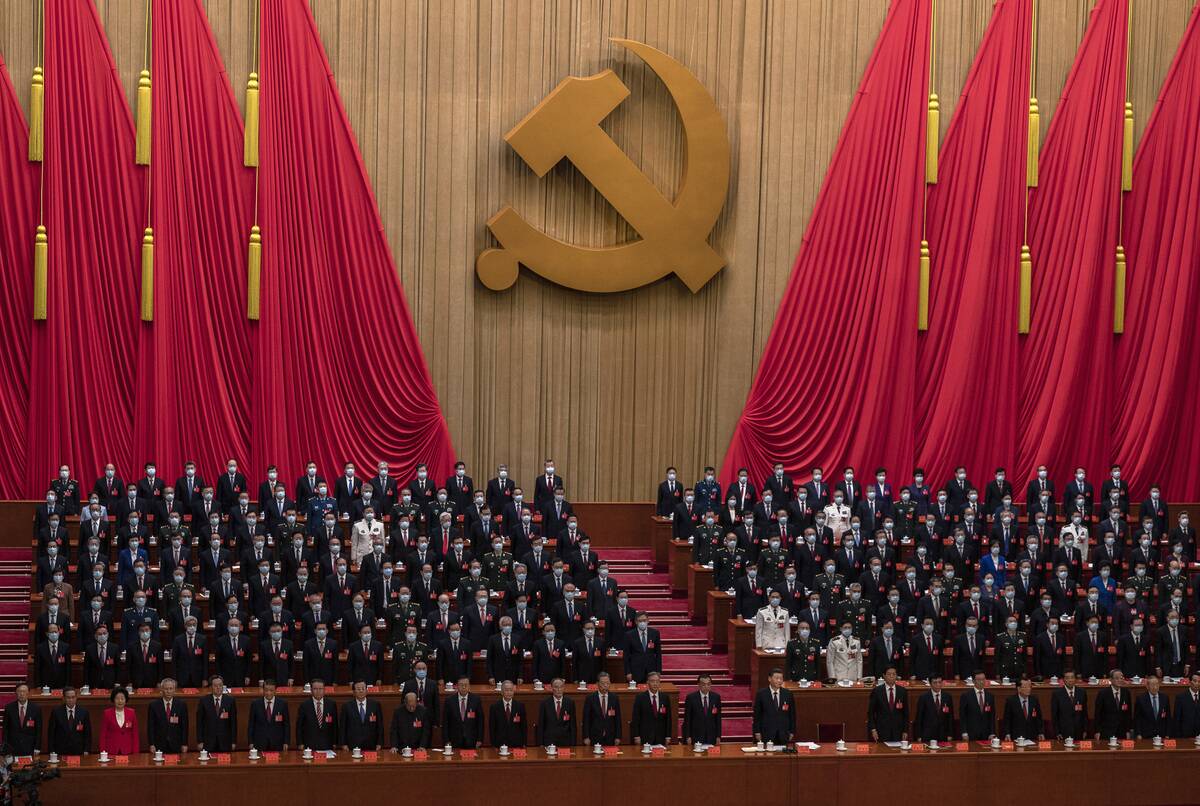
China’s political landscape is defined by the dominance of the Communist Party, which holds a monopoly on power. Elections occur within the party for leadership positions, but the general populace does not participate in these processes.
This one-party system ensures ideological consistency and centralized decision-making, focusing on stability and economic growth. The absence of multiparty elections shapes China’s unique approach to governance and development.
North Korea: The Illusion of Choice
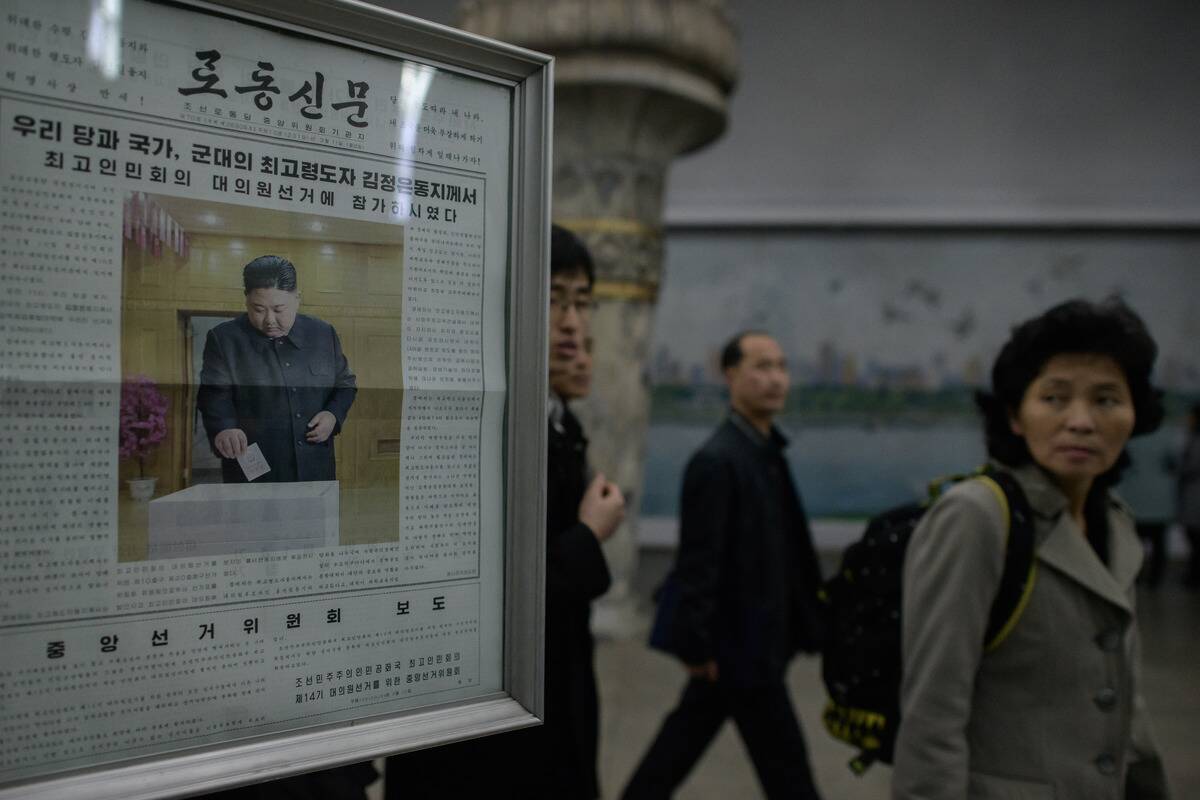
In North Korea, elections are held, but they offer no real choice to the citizens. The ruling Workers’ Party of Korea controls the political landscape, and candidates run unopposed.
This creates an illusion of a democratic process, while ensuring the regime’s continued dominance. The tightly controlled political environment reflects the leadership’s focus on maintaining power and ideological conformity.
United Arab Emirates: Traditional Governance with Limited Elections
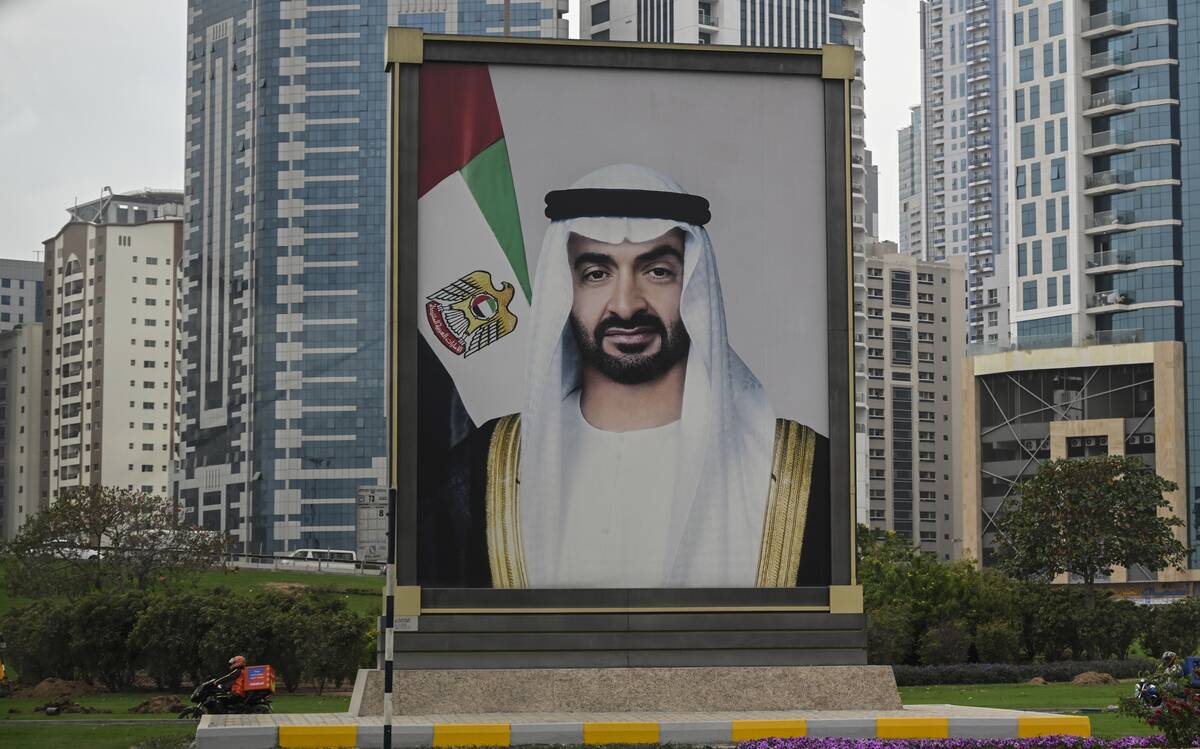
The United Arab Emirates combines traditional governance with limited electoral processes. The Federal National Council, an advisory body, has some elected members, but its power is largely consultative.
The rulers of the emirates hold significant authority, reflecting a blend of heritage and modernity. This system emphasizes stability and controlled political participation, balancing tradition with the needs of a rapidly developing nation.
Qatar: The Emir’s Role in Governance
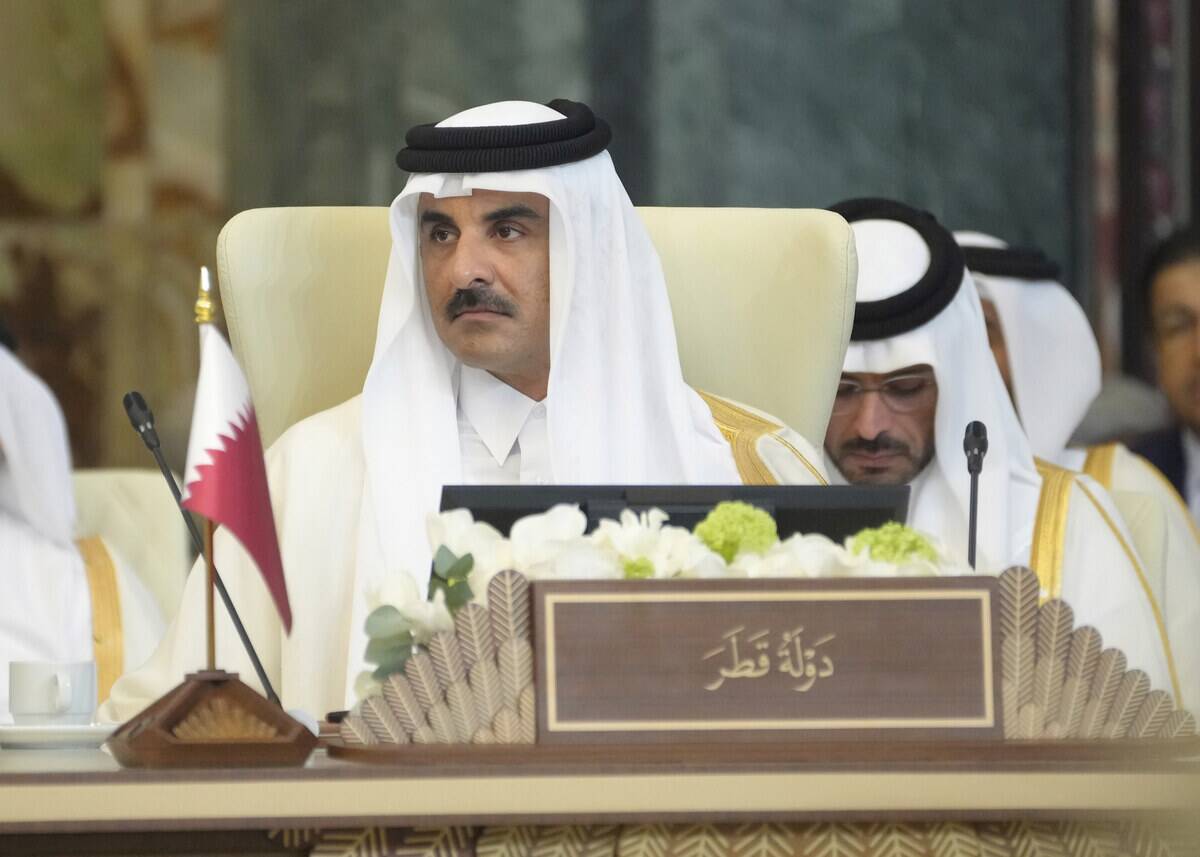
Qatar’s political system centers around the Emir, who wields substantial power. Although limited municipal elections take place, the Emir appoints most government positions.
This centralized authority reflects Qatar’s focus on stability and economic progress, with the Emir playing a pivotal role in shaping the country’s future. The blend of tradition and modernization is evident in Qatar’s approach to governance.
Cuba: The One-Party State with Controlled Elections
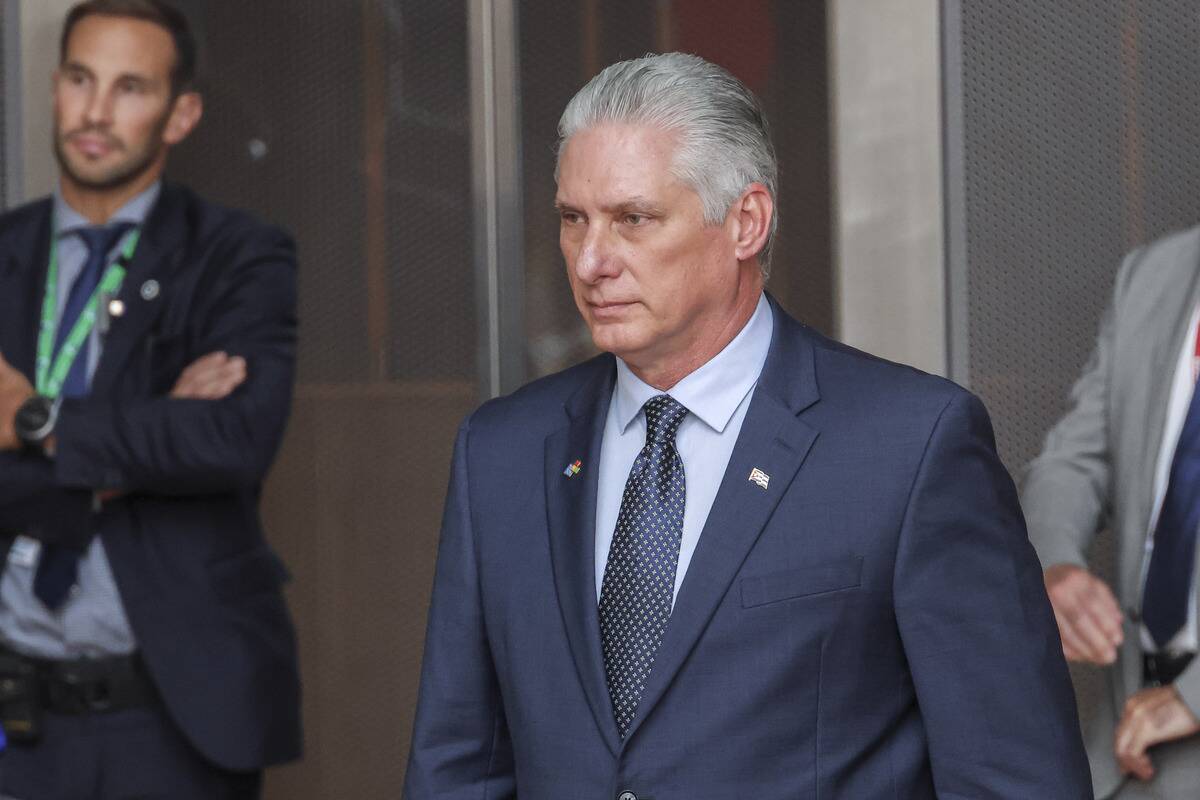
Cuba’s political system is characterized by the dominance of the Communist Party. Elections occur, but they are carefully controlled, with candidates often being party members. This ensures the party’s continued influence over Cuban politics, focusing on socialist principles and national unity. The system prioritizes stability and ideological consistency, reflecting Cuba’s commitment to its revolutionary roots.
Eswatini: The Last Absolute Monarchy in Africa
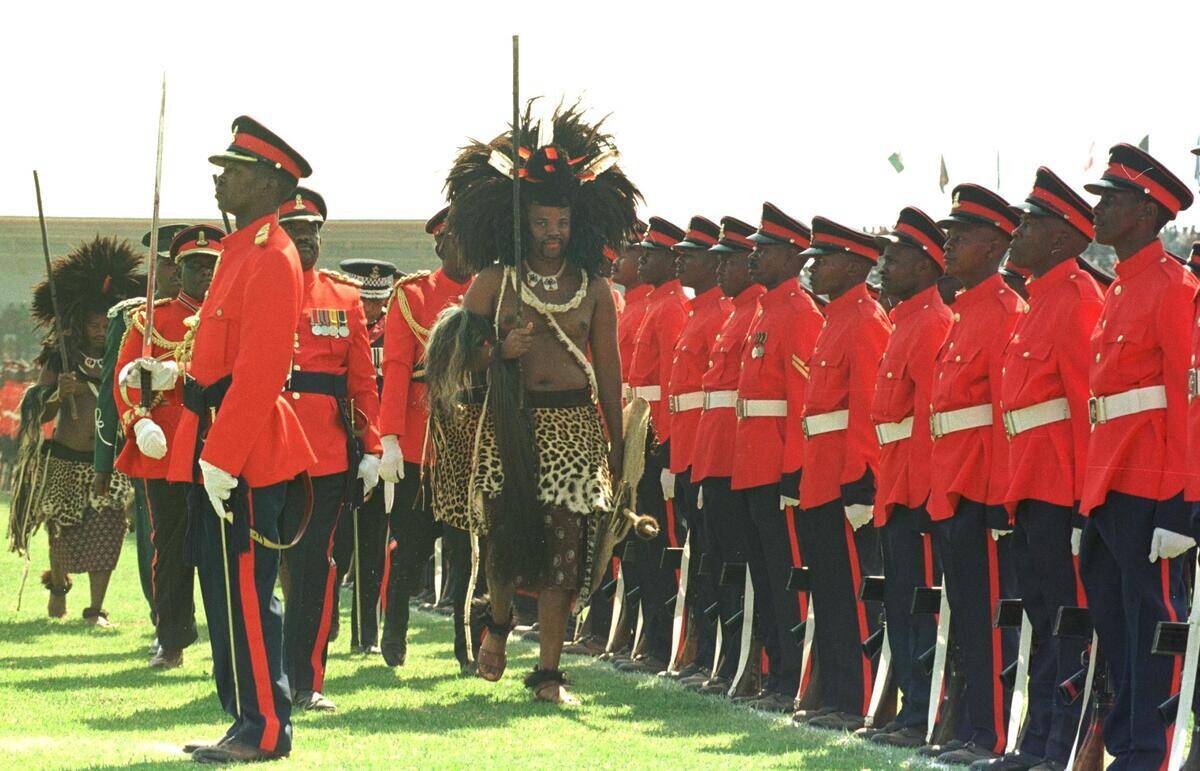
Eswatini, formerly Swaziland, stands as Africa’s last absolute monarchy. The king holds extensive power, with no elections for the head of state. While parliamentary elections occur, the king appoints key governmental figures.
This traditional system emphasizes the king’s central role in national affairs, reflecting a deep cultural heritage and commitment to monarchy. The blend of modern challenges and traditional rule defines Eswatini’s unique political landscape.
Turkmenistan: The Presidential State
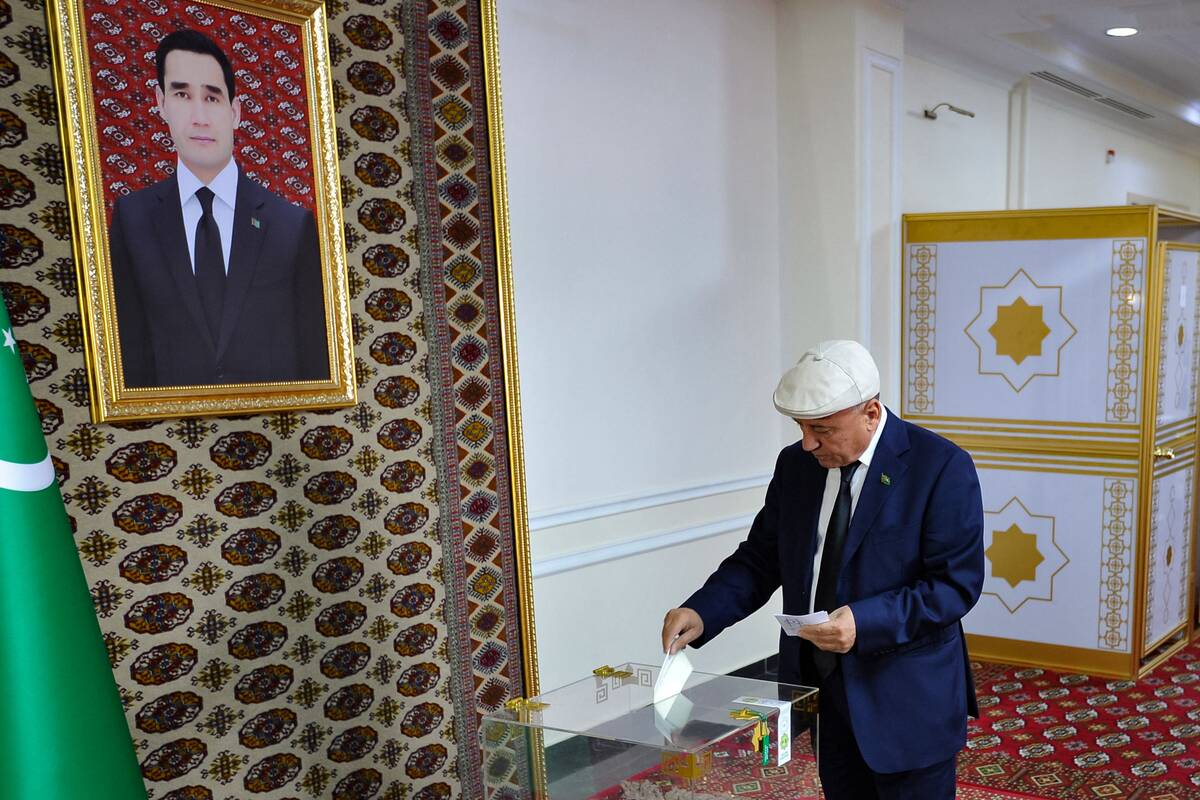
Turkmenistan is known for its highly centralized political system, with the president holding significant power. Elections occur, but the political environment is tightly controlled, ensuring the president’s dominance.
This system emphasizes stability and continuity, with the president often portrayed as a national hero. The focus on centralized leadership reflects Turkmenistan’s approach to governance and national identity.
Laos: The Lao People’s Revolutionary Party Dominance

Laos operates under the leadership of the Lao People’s Revolutionary Party, the sole political party. Elections occur within this framework, but the party’s dominance ensures its continued control over the government.
This system reflects Laos’s commitment to socialist principles, focusing on unity and national development. The absence of political pluralism highlights the party’s central role in shaping the country’s policies and future.
Vietnam: The Socialist Republic’s Electoral Process
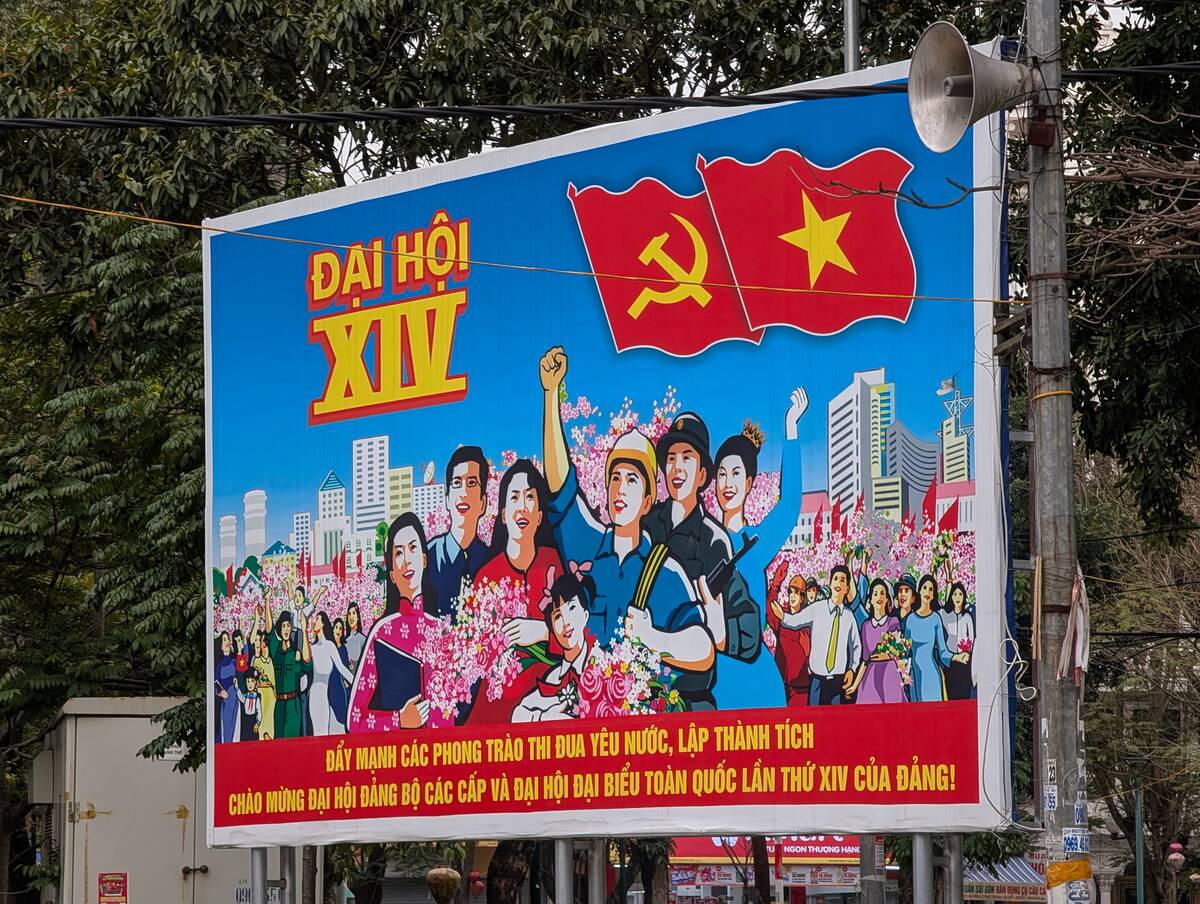
Vietnam’s political system is defined by the Communist Party’s control, with elections occurring within this single-party framework. The National Assembly is elected, but candidates are typically vetted by the party.
This ensures ideological alignment and stability, focusing on economic growth and national development. Vietnam’s approach combines centralized governance with a focus on modernization and international integration.




